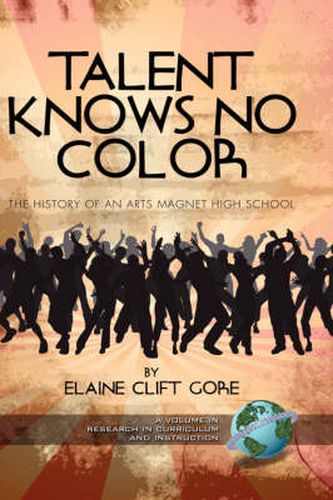Readings Newsletter
Become a Readings Member to make your shopping experience even easier.
Sign in or sign up for free!
You’re not far away from qualifying for FREE standard shipping within Australia
You’ve qualified for FREE standard shipping within Australia
The cart is loading…






This title is printed to order. This book may have been self-published. If so, we cannot guarantee the quality of the content. In the main most books will have gone through the editing process however some may not. We therefore suggest that you be aware of this before ordering this book. If in doubt check either the author or publisher’s details as we are unable to accept any returns unless they are faulty. Please contact us if you have any questions.
In the summer of 1970, the members of the New Orleans Fifth Circuit Court of Appeals understood clearly the realities of race in the South. Houston, Texas, like other Southern cities, had made haste toward racial school desegregation as slowly as the White Southern Federal courts would allow. When the High School of Performing and Visual Arts opened its doors in Houston a year later, a new superintendent and liberal-dominated Board of Education wished to demonstrate the positive potential of a voluntarily desegregated student body. HSPVA was the first United States public school for the arts specifically used for racial desegregation purposes, the prototype for the first public urban magnet program of desegregation used to replace a standing court order, and a continuing prototype for other public magnet schools for the arts across the United States. Talent Knows No Color is a 35-year history of HSPVA, exemplary in both arts and academics, which chronicles multi-perspective participant experiences within the context of ever-changing district education policies and demographics.Ten years of school system and HSPVA archival research, examination of local newspapers, and oral history interviews allow a rich narrative unusual among the already limited number of scholarly histories of individual public schools. It is the description and analysis of everyday occurrences that assist the reader in understanding what Series Editor O. L. Davis, Jr. refers to as
the continuing, likely never ending, practical development of one particular high school and its curriculum.
$9.00 standard shipping within Australia
FREE standard shipping within Australia for orders over $100.00
Express & International shipping calculated at checkout
This title is printed to order. This book may have been self-published. If so, we cannot guarantee the quality of the content. In the main most books will have gone through the editing process however some may not. We therefore suggest that you be aware of this before ordering this book. If in doubt check either the author or publisher’s details as we are unable to accept any returns unless they are faulty. Please contact us if you have any questions.
In the summer of 1970, the members of the New Orleans Fifth Circuit Court of Appeals understood clearly the realities of race in the South. Houston, Texas, like other Southern cities, had made haste toward racial school desegregation as slowly as the White Southern Federal courts would allow. When the High School of Performing and Visual Arts opened its doors in Houston a year later, a new superintendent and liberal-dominated Board of Education wished to demonstrate the positive potential of a voluntarily desegregated student body. HSPVA was the first United States public school for the arts specifically used for racial desegregation purposes, the prototype for the first public urban magnet program of desegregation used to replace a standing court order, and a continuing prototype for other public magnet schools for the arts across the United States. Talent Knows No Color is a 35-year history of HSPVA, exemplary in both arts and academics, which chronicles multi-perspective participant experiences within the context of ever-changing district education policies and demographics.Ten years of school system and HSPVA archival research, examination of local newspapers, and oral history interviews allow a rich narrative unusual among the already limited number of scholarly histories of individual public schools. It is the description and analysis of everyday occurrences that assist the reader in understanding what Series Editor O. L. Davis, Jr. refers to as
the continuing, likely never ending, practical development of one particular high school and its curriculum.